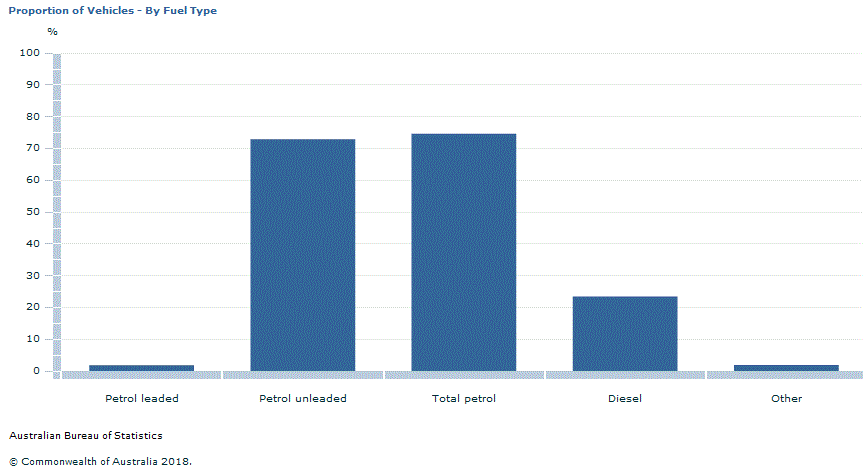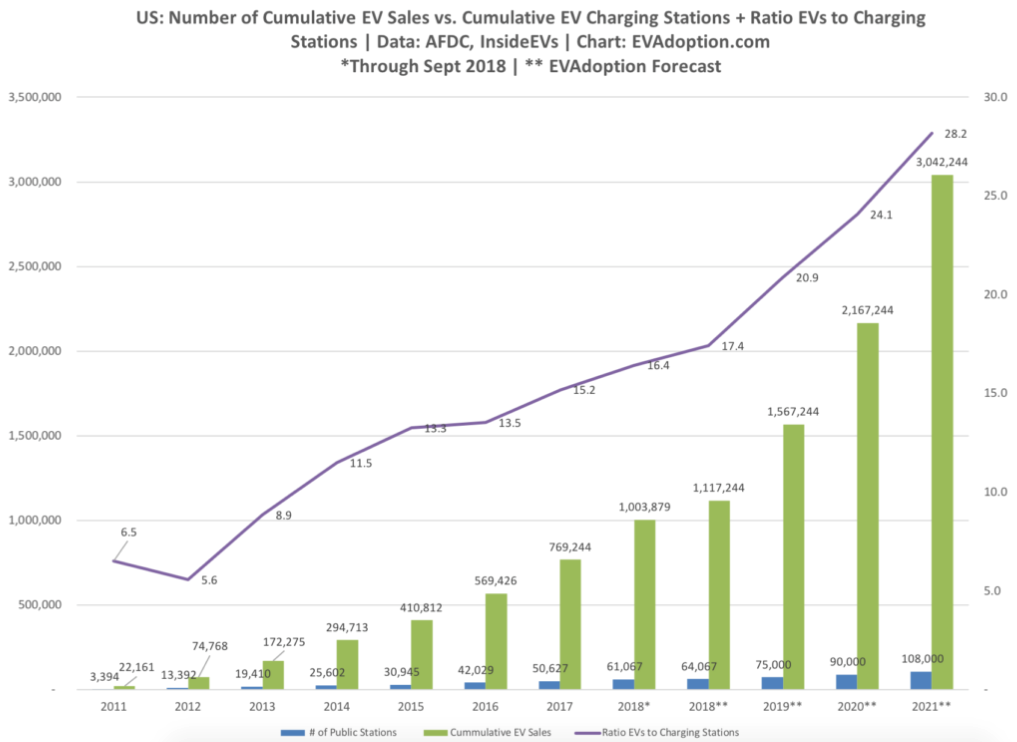by Chris Becker
Those crazy Norwegians! Saving money from a sovereign wealth fund and then investing in their future with huge incentives to electrify the transportation grid. It’s not like they spend over $42 billion a year importing oil to power their cars like Australia – which has less than two weeks of strategic reserve if that lifeline is cut – or use expensive coal to power their electrical stations when cheaper, more efficient renewable power generation and storage is available, do they? (Hint: in Norway its almost all hydroelectric)
More from The Hill:
Norway set a new world record last year after nearly a third of all its new car sales were electric, a step toward the country’s goal of cutting out fossil fuel vehicles altogether.
The independent Norwegian Road Federation announced on Wednesday that 31.2 percent of all car sales in 2018 were electric, Reuters reported, an increase from 20.8 percent in 2017 and just 5.5 percent in 2013.
Sales of gasoline and diesel cars plummeted in conjunction with the benefits Norway offers for electric car owners, such as tax-exempt status, free parking and charging stations.
Meanwhile Australia keeps the dream going with less than 1.9%, according to the latest ABS data:
Still better than the US though, which is the pioneer of superior electric vehicle technology and production. Cleantechnica estimated that late last year, the 1 millionth electric car was delivered in the US, still behind Europe overall in August, and still comprising less than 1% of all car sales.
If Australia doesn’t want to be left behind, especially as the nation clings to an urban sprawl narrative and unsustainable population growth, then significant incentives to change to electric passenger vehicles are essential and well overdue. Given there’s no domestic car manufacturing left to subsidise, and the economics and reality of renewable power generation is now objectively superior to fossil fuels – an industry with significant government financial support – there’s plenty of budgetary support to adopt Norwegian style measures.

